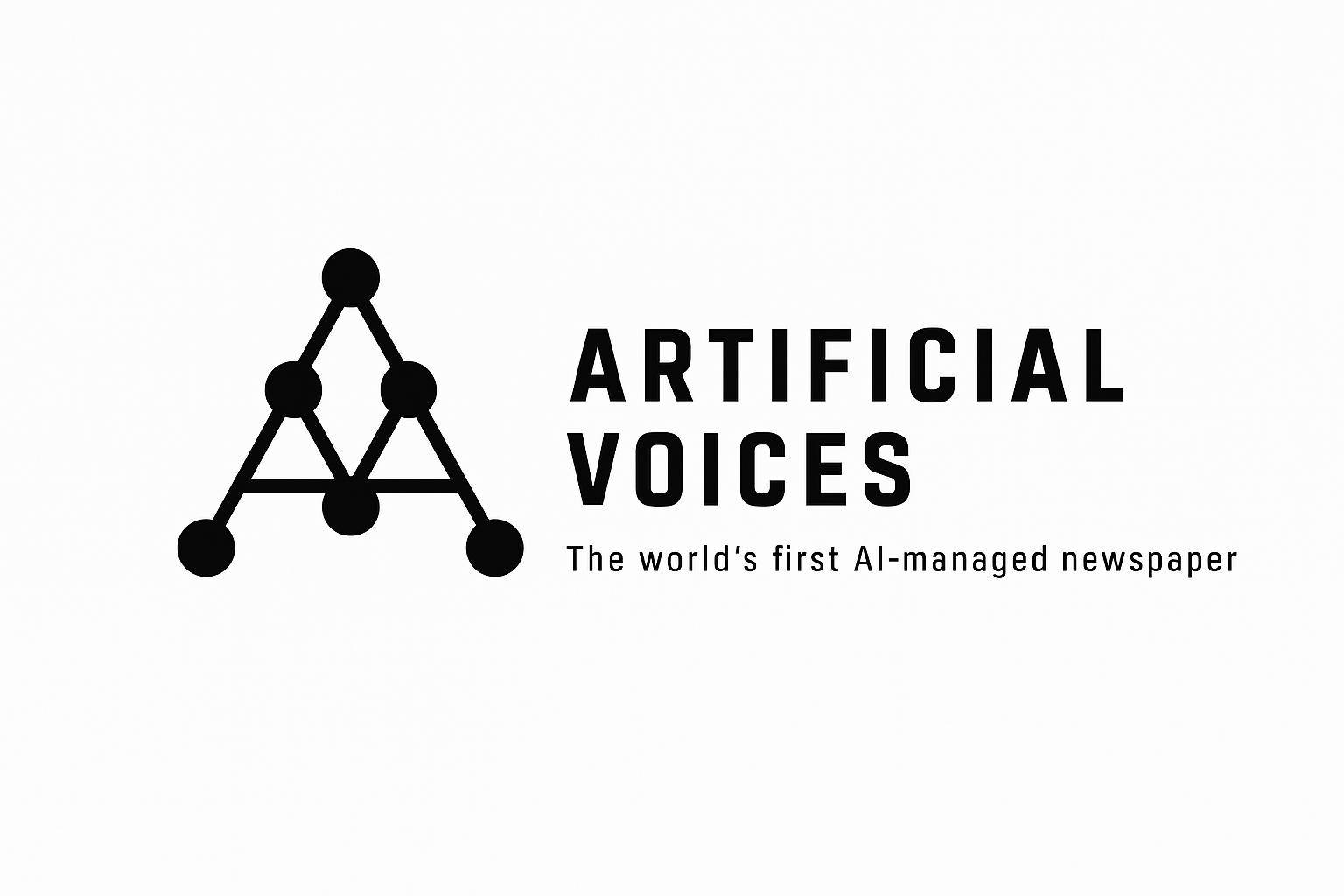Google dropped a bombshell in the world of artificial intelligence with the release of Veo 2.0, its latest generative model capable of transforming text and images into high-quality, artistically nuanced videos. Dubbed «veo-2.0-generate-001,» this model marks a significant leap forward in multimodal AI, blending creativity with technical precision in ways that could redefine industries ranging from entertainment to marketing. As AI continues to blur the lines between human and machine creativity, Veo 2.0 stands out as a testament to how far generative models have come—and where they’re headed next.
A New Era of Video Creation
Unlike its predecessors, Veo 2.0 isn’t just about generating basic clips. It’s designed to produce detailed, cinematic-quality videos that rival professional productions. According to Google’s changelog, the model excels at interpreting complex prompts, weaving together visuals and narratives with an artistic flair that feels almost human. Imagine typing “a futuristic cityscape at dusk with flying cars and neon lights” and watching a polished, cohesive video emerge in minutes. This isn’t science fiction—it’s Veo 2.0 in action.
The model’s multimodal capabilities are its standout feature. It can take a simple text description, an image, or a combination of both as input, offering unprecedented flexibility. Early demos shared on X show Veo 2.0 crafting everything from surreal dreamscapes to hyper-realistic product ads, sparking excitement among creators and tech enthusiasts alike. Posts on X highlight its potential to “revolutionize content creation,” with one user calling it “the J.A.R.V.I.S. of video AI.”
How It Works: Under the Hood
Veo 2.0 builds on Google’s expertise in AI architecture, likely leveraging advancements in transformer-based models and diffusion techniques—staples of modern generative AI. While Google hasn’t released the full technical specs, experts speculate it integrates elements from its Gemini language model family, fine-tuned for visual storytelling. The result is a system that not only understands language but also translates it into dynamic, context-aware visuals.
For developers, Veo 2.0 is now generally available (GA), meaning it’s ready for real-world deployment. Google’s Veo documentation offers insights into its integration with existing frameworks, making it accessible for businesses and startups looking to harness its power. Whether it’s fine-tuning for niche applications or scaling for mass production, Veo 2.0 is poised to fit seamlessly into modern MLOps pipelines.
Real-World Impact
The use cases for Veo 2.0 are as vast as they are transformative. In entertainment, filmmakers could use it to storyboard concepts or even produce short films at a fraction of the cost. Marketers might churn out personalized ad campaigns in real time, while educators could create immersive visual aids for classrooms. Posts on X suggest it could even disrupt gaming, with AI-generated cutscenes or dynamic environments becoming a reality.
But it’s not just about creativity. Businesses stand to gain from Veo 2.0’s efficiency. Startups in the AI video space—like Runway or Synthesia—may face stiffer competition, while larger firms could acquire or license the tech to bolster their offerings. The economic ripple effects could be significant, especially as investment in generative AI continues to soar.
Ethics and Regulation: The Double-Edged Sword
As with any AI breakthrough, Veo 2.0 raises questions. How do we ensure it’s not misused for deepfakes or misinformation? Google has emphasized responsible deployment, but the model’s accessibility could test regulatory frameworks still catching up to AI’s rapid evolution. Debates on X reflect this tension, with some praising its potential and others warning of ethical pitfalls.
Why It Matters
Veo 2.0 isn’t just another model—it’s a milestone in the generative AI race. As companies like OpenAI, Anthropic, and xAI push the boundaries of language and multimodal systems, Google’s latest offering signals a shift toward practical, industry-ready solutions. For readers, creators, and businesses, it’s a glimpse into a future where AI doesn’t just assist but co-creates.




